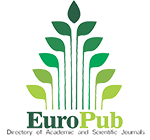Transition management and dairy cow performance: insights from dairy farms in Argentina
Palabras clave:
vaca seca, preparto, performance de vaca lechera, salud y nutriciónResumen
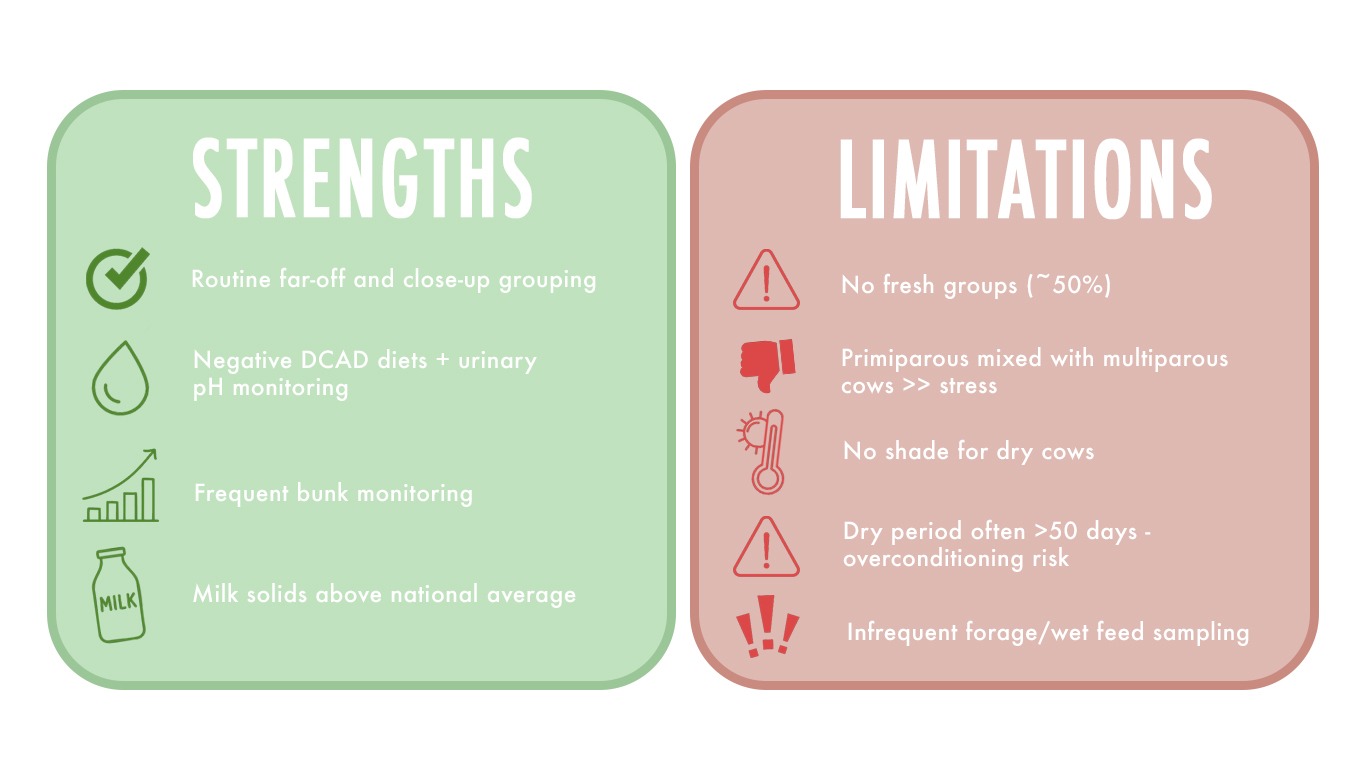
This study aims to describe nutritional strategies, management practices, and health events in transitioning cows on 28 commercial dairy farms in Argentina, selected based on their association with graduate students. During 2022, we surveyed herd management, feeding, health events, and milk yield, based on local research and validated recommendations. Most cows were housed in dry lots, with 97% of farms having far-off and close-up groups, but only half had a fresh group. The average dry period was 59±11.4 days. The mortality and culling rate were 1.2% and 1.4%, respectively. The herd incidence rates were 1.8% for milk fever, 0.3% for clinical mastitis, 2.7% for metritis, and 1.4% for retained placenta. All farms used anionic diets and monitored urinary pH, with corn silage included in all diets, and soybean meal/expeller as the main protein source. Lactating cows produced an average of 33.8±10.43 kg of milk on the first test day and 38.2±10.05 kg at peak. Primiparous cows produced 75% of the milk of mature cows. Bulk tank milk averaged 3.9±0.19% fat and 3.5±0.07% CP. This report highlights strengths and areas for improvement in Argentina’s dairy transition programs.
Highlights:
- Surveyed transition cow management and performance on 28 Argentine dairy farms, providing novel regional data.
- Strengths: Routine far-off and close-up grouping, widespread use of negative DCAD diets, and frequent bunk monitoring contributed to low incidence of health disorders, culling, and mortality.
- Milk composition showed above-average fat and protein content, reflecting effective nutritional strategies.
- Challenges: Lack of fresh groups, grouping primiparous with multiparous cows, limited shade, and extended dry periods (>50 d) increased risks of social stress and overconditioning.
- Opportunities: Improve forage sampling frequency, refine energy balance prepartum, and enhance cow comfort to optimize productivity and sustainability.
Descargas
Citas
Caixeta, L. S.; Omontese, B. O. 2021. Monitoring and improving the metabolic health of dairy cows during the transition period. Animals 11: 1-17. https://doi.org/10.3390/ani11020352
Cardoso, F. C.; Kalscheur, K. F.; Drackley, J. K. 2020. Symposium review: Nutrition strategies for improved health, production, and fertility during the transition period. J. Dairy Sci. 103:5684-5693. https://doi.org/10.3168/jds.2019-17271
Cermakova, J.; Kudrna, V.; Simeckova, M.; Vyborna, A.; Dolezal, P.; Illek, J. 2014. Comparison of shortened and conventional dry period management strategies. J. Dairy Sci. 97: 5623-5636. https://doi.org/10.3168/jds.2013-7499
Chebel, R. C.; Silva, P. R. B.; Endres, M. I.; Ballou, M. A.; Luchterhand, K. L. 2016. Social stressors and their effects on immunity and health of periparturient dairy cows. J. Dairy Sci. 99: 3217-3228. https://doi.org/10.3168/jds.2015-10369
Contreras, L. L.; Ryan, C. M.; Overton, T. R. 2004. Effects of dry cow grouping strategy and prepartum body condition score on performance and health of transition dairy cows. J. Dairy Sci. 87: 517-523. https://doi.org/10.3168/jds.S0022-0302(04)73191-4
Couto Serrenho, R.; Church, C.; McGee, D.; Duffield, T. F. 2022. Environment, nutrition, and management practices for far-off, close-up, and fresh cows on Canadian dairy farms-A retrospective descriptive study. J. Dairy Sci. 105: 1797-1814. https://doi.org/10.3168/ jds.2021-20919
Daros, R. R.; Weary, D. M.; von Keyserlingk, M. A. G. 2022. Invited review: Risk factors for transition period disease in intensive grazing and housed dairy cattle. J. Dairy Sci. 105: 4734-4748. https://doi.org/10.3168/jds.2021-20649
Drackley, J. K. 1999. ADSA foundation scholar award: Biology of dairy cows during the transition period: The final frontier? J. Dairy Sci. 82: 2259-2273. https://doi.org/10.3168/jds.s0022- 0302(99)75474-3
Espadamala, A.; Pallarés, P.; Lago, A.; Silva-del-Río, N. 2016. Fresh-cow handling practices and methods for identification of health disorders on 45 dairy farms in California. J. Dairy Sci. 99: 9319-9333. https://doi.org/10.3168/jds.2016-11178
Gregoretti, G.; Baudracco, J.; Dimundo, C.; Lazzarini, B.; Scarel, J.; Alesso, A.; Machado, C. 2024. Traditional cow-calf systems of the northern region of Santa Fe, Argentina: current situation and improvement opportunities. Revista de la Facultad de Ciencias Agrarias. Universidad Nacional de Cuyo. Mendoza. Argentina. 56(1): 106-116. DOI: https://doi.org/10.48162/rev.39.127
Grummer, R. R. 1995. Impact of changes in organic nutrient metabolism on feeding the transition dairy cow. J. Anim. Sci. 73(9): 2820-2933. https://doi.org/10.2527/1995.7392820x
Grummer, R. R.; Rastani, R. R. 2004. Why reevaluate dry period length? J. Dairy Sci. 87: E77-E85. https://doi.org/10.3168/jds.S0022-0302(04)70063-6
Heuwieser, W.; Iwersen, M.; Gossellin, J.; Drillich, M. 2010. Short communication: Survey of fresh cow management practices of dairy cattle on small and large commercial farms. J. Dairy Sci. 93: 1065-1068. https://doi.org/10.3168/jds.2009-2783
Kerwin, A. L.; Burhans, W. S.; Mann, S.; Tetreault, M.; Nydam, D. V.; Overton, T. R. 2022. Transition cow nutrition and management strategies of dairy herds in the northeastern United States: Part I-Herd description and performance characteristics. J. Dairy Sci. 105: 5327-5348. https://doi.org/10.3168/jds.2021-20862
Kerwin, A. L.; Burhans, W. S.; Nydam, D. V.; Overton, T. R. 2023. Transition cow nutrition and management strategies of dairy herds in the northeastern United States: Part III-Associations of management and dietary factors with analytes, health, milk yield, and reproduction. J. Dairy Sci. 106: 1246-1266. https://doi.org/10.3168/jds.2022-21876
Kok, A.; van Hoeij, R. J.; Kemp, B.; van Knegsel, A. T. M. 2021. Evaluation of customized dry-period strategies in dairy cows. J. Dairy Sci. 104: 1887-1899. https://doi.org/10.3168/ jds.2020-18719
Laporta, J.; Ferreira, F. C.; Ouellet, V.; Dado-Senn, B.; Almeida, A. K.; De Vries, A.; Dahl, G. E. 2020. Late-gestation heat stress impairs daughter and granddaughter lifetime performance. J. Dairy Sci. 103: 7555-7568. https://doi.org/10.3168/jds.2020-18154
Leblanc, S. 2010. Monitoring metabolic health of dairy cattle in the transition period introduction-metabolic challenges in peripartum dairy cows and their associations with reproduction. J. Reprod. Dev. 56: 29-35.
Masia, F.; Molina, G.; Vissio, C.; Balzarini, M.; de la Sota, R. L.; Piccardi, M. 2022. Quantifying the negative impact of clinical diseases on productive and reproductive performance of dairy cows in central Argentina. Livest. Sci. 259: 104894. https://doi.org/10.1016/j. livsci.2022.104894
NASEM (National Academies of Sciences, Engineering, and Medicine). 2021. Nutrient Requirements of Dairy Cattle. 8th rev. ed. Washington, DC: National Academies Press.
OCLA (Observatorio de la Cadena Láctea Argentina). Informe Anual de la Cadena Láctea Argentina 2022. Buenos Aires. Argentina.
OCLA (Observatorio de la Cadena Láctea Argentina). Informe Anual de la Cadena Láctea Argentina 2023. Buenos Aires, Argentina.
Oetzel, G.; McGuirkl, S. 2010. Fact Sheet - Cowside Blood BHBA Testing with a Hand-Held “Ketometer.” University of Wisconsin-Madison. School of Veterinary Medicine 1-4.
Ritter, C.; Jansen, J.; Roche, S.; Kelton, D. F.; Adams, C. L.; Orsel, K.; Erskine, R. J.; Benedictus, G.; Lam, T. J. G. M.; Barkema, H. W. 2017. Invited review: Determinants of farmers’ adoption of management-based strategies for infectious disease prevention and control. J. Dairy Sci. 100: 3329-3347. https://doi.org/10.3168/jds.2016-11977
Ruprechter, G.; Adrien, M. de L.; Larriestra, A.; Meotti, O.; Batista, C.; Meikle, A.; Noro, M. 2018. Metabolic predictors of peri-partum diseases and their association with parity in dairy cows. Res. Vet. Sci. 118: 191-198. https://doi.org/10.1016/j.rvsc.2018.02.005
Schirmann, K.; Chapinal, N.; Weary, D. M.; Heuwieser, W.; von Keyserlingk, M. A. G. 2011. Short-term effects of regrouping on behavior of prepartum dairy cows. J. Dairy Sci. 94: 2312-2319. https://doi.org/10.3168/jds.2010-3639
Schuenemann, G. M.; Piñeiro, J. M.; Turiello, P. 2016. Association between management practices and reproductive performance of lactating dairy cows. Page 600 in Proc. 2016 JAM.
Silva, M. A.; Veronese, A.; Belli, A.; Madureira, E. H.; Galvão, K. N.; Chebel, R. C. 2021. Effects of adding an automated monitoring device to the health screening of postpartum Holstein cows on survival and productive and reproductive performances. J. Dairy. Sci. 104: 3439-3457. https://doi.org/10.3168/jds.2020-18562
Turiello, P.; Piñeiro, J. M.; Schuenemann, G. M. 2016. Association between management practices and dairy herd performance. Page 600 in Proc. 2016 JAM.
Weiss, W. P.; St-Pierre, N. R. 2009. Impact and Management of Variability in Feed and Diet Composition. Pages 83-96 in Proc. 18th Annual Tri-State Dairy Nutrition Conference.
Wildman, E. E.; Jones, G. M.; Wagner, P. E.; Boman, R. L.; Troutt, H. F.; Lesch, T. N. 1982. A Dairy Cow Body Condition Scoring System and Its Relationship to Selected Production Characteristics. J. Dairy Sci. 65: 495-501. https://doi.org/10.3168/jds.S0022-0302(82)82223-6
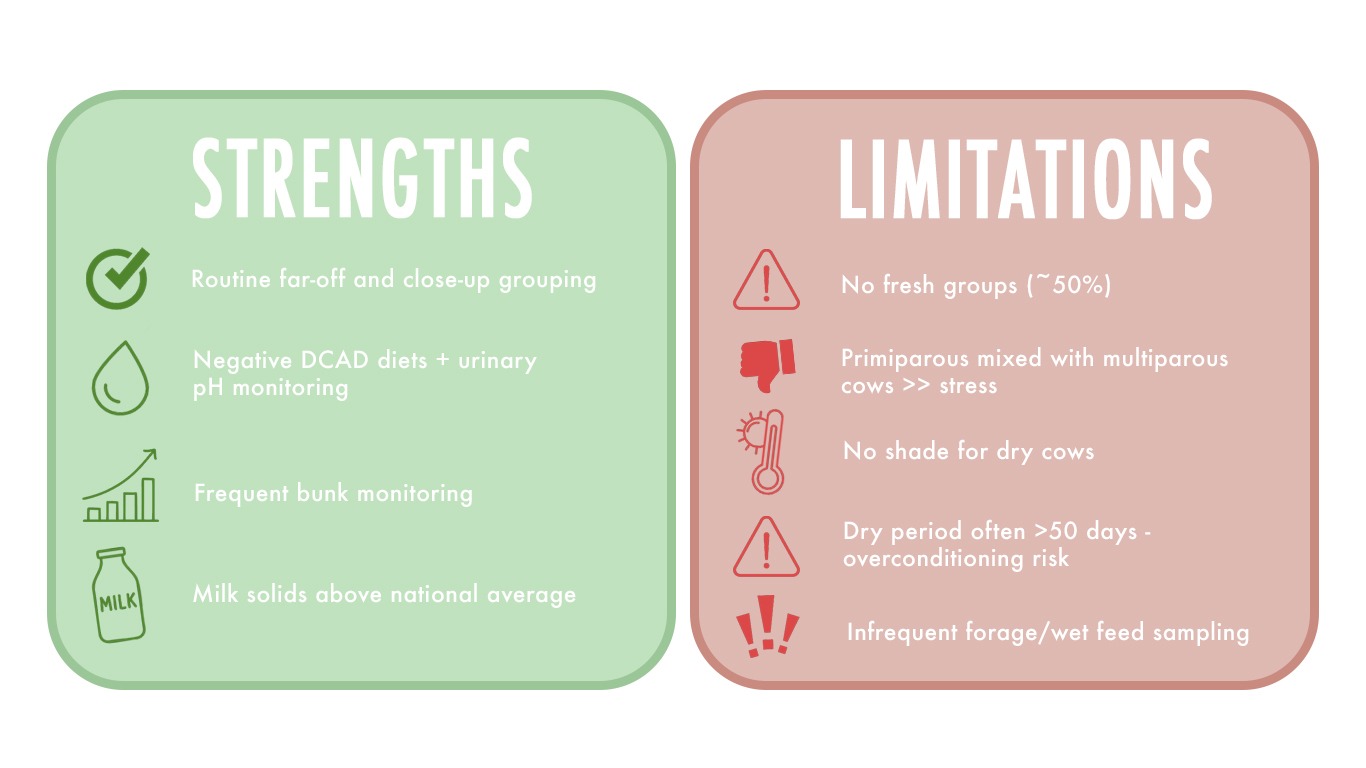
Descargas
Publicado
Cómo citar
Número
Sección
Licencia
Derechos de autor 2018 Revista de la Facultad de Ciencias Agrarias UNCuyo

Esta obra está bajo una licencia internacional Creative Commons Reconocimiento-NoComercial-CompartirIgual 3.0.
Aquellos autores/as que tengan publicaciones con esta revista, aceptan las Políticas Editoriales.


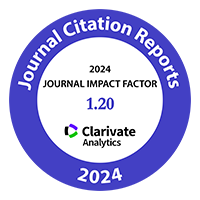








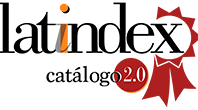
.jpg)
